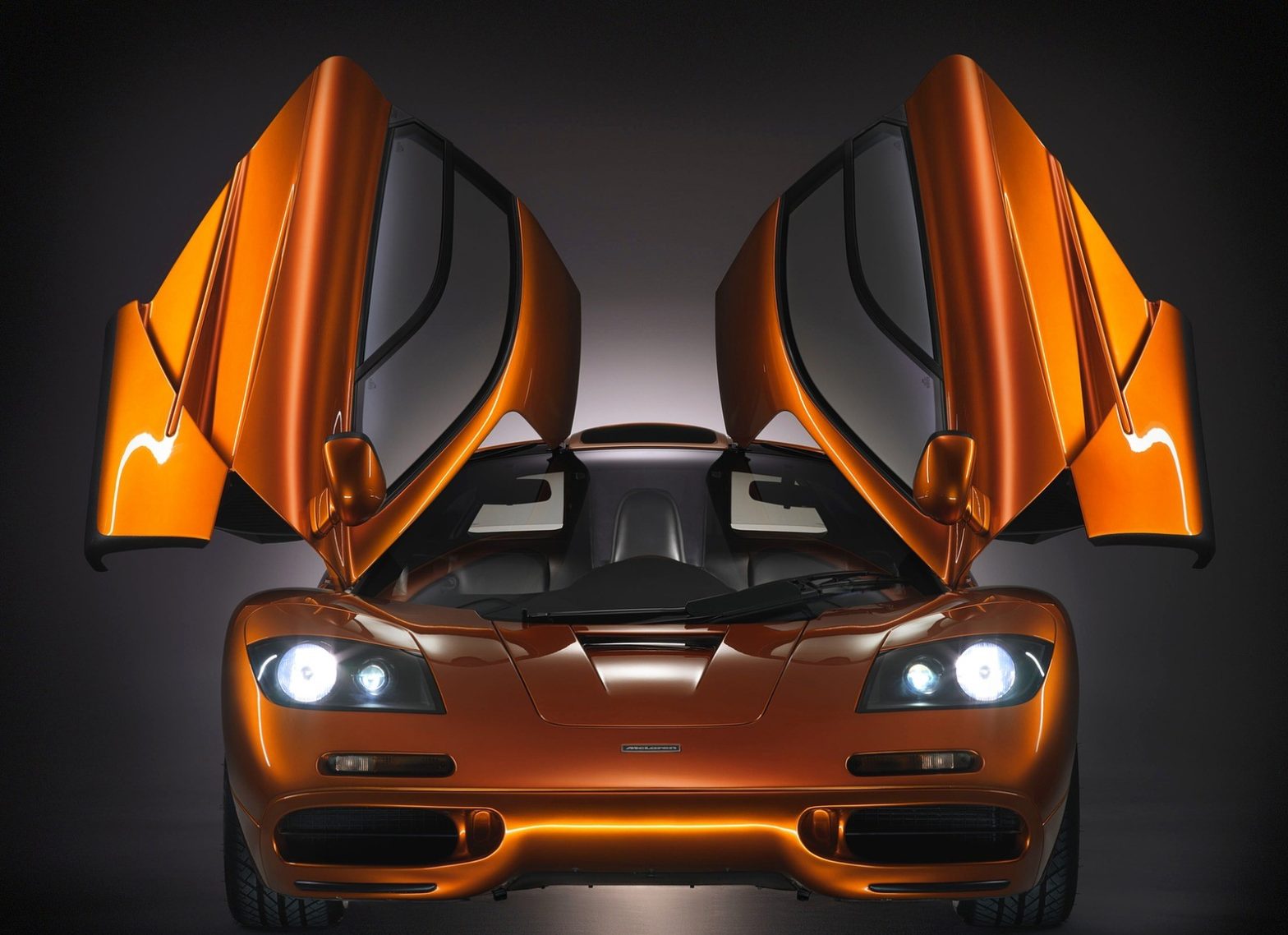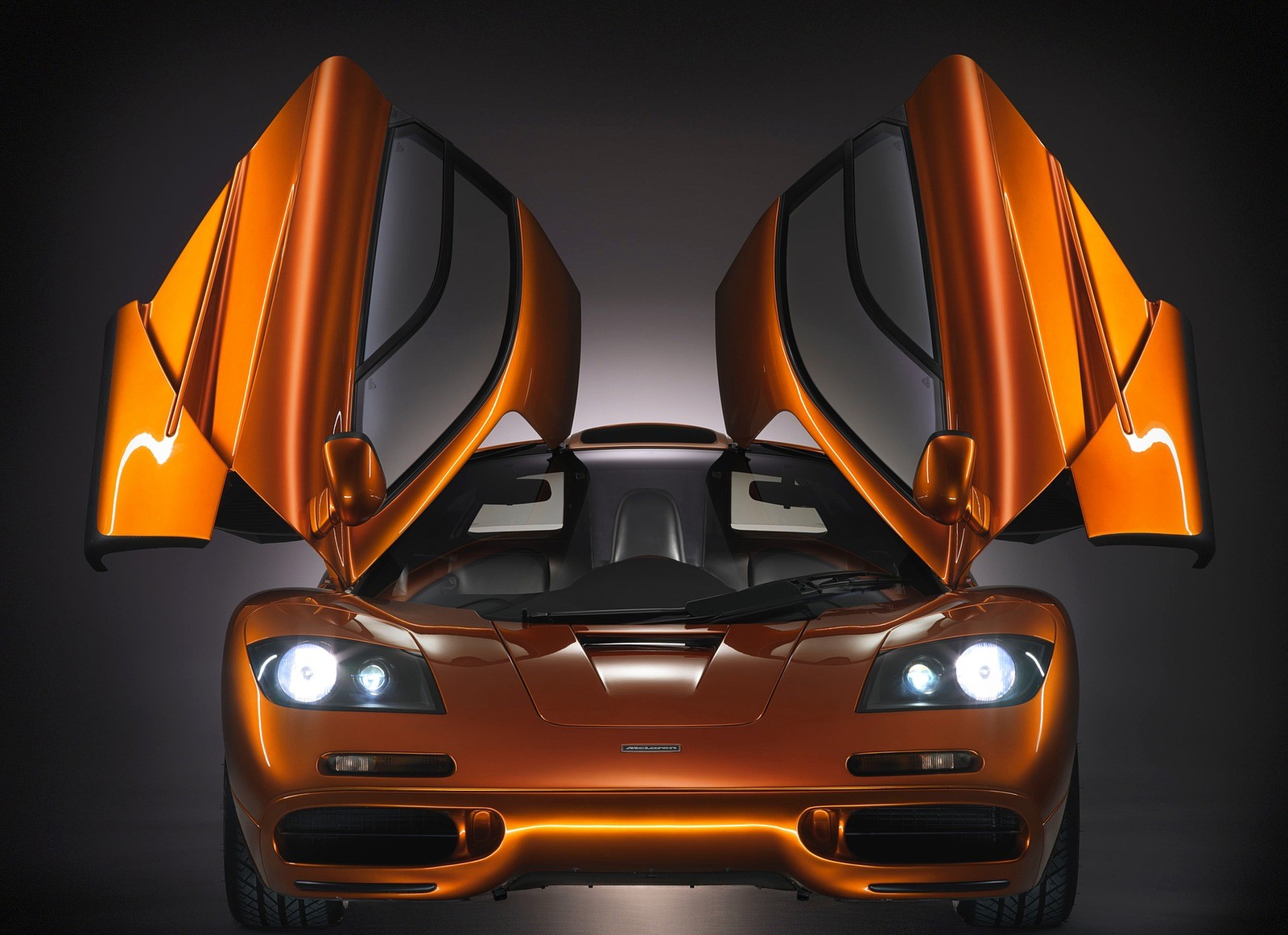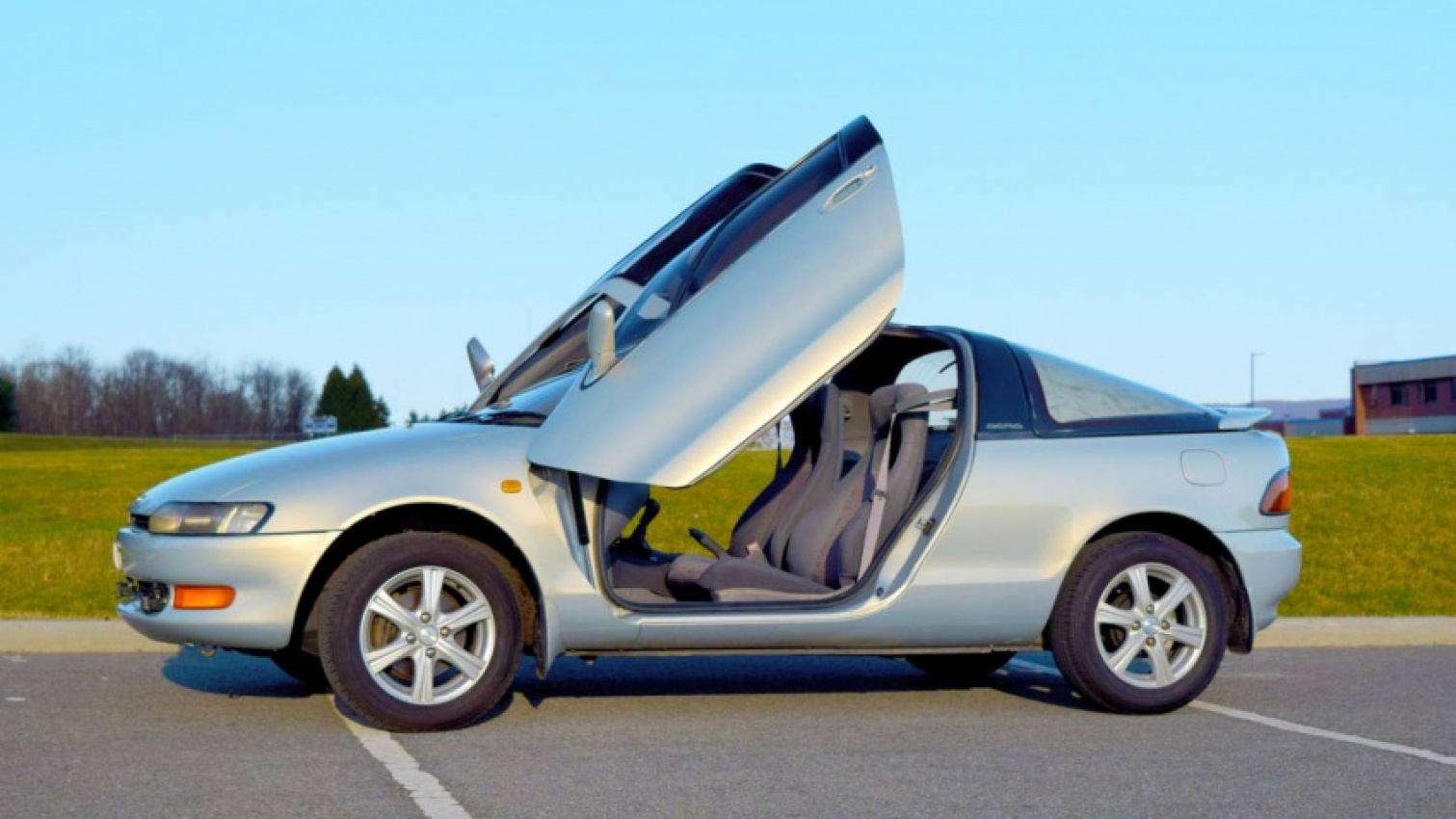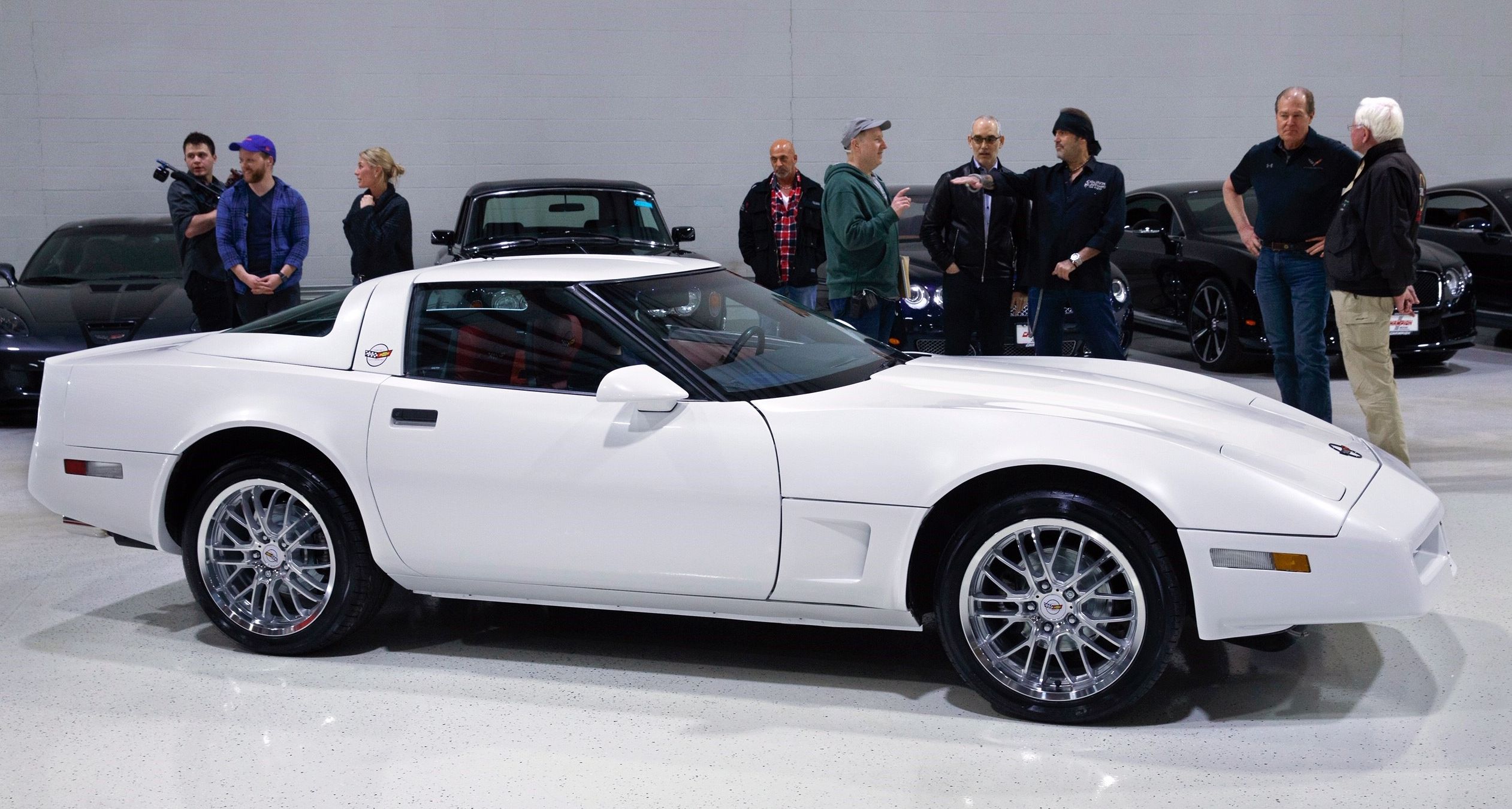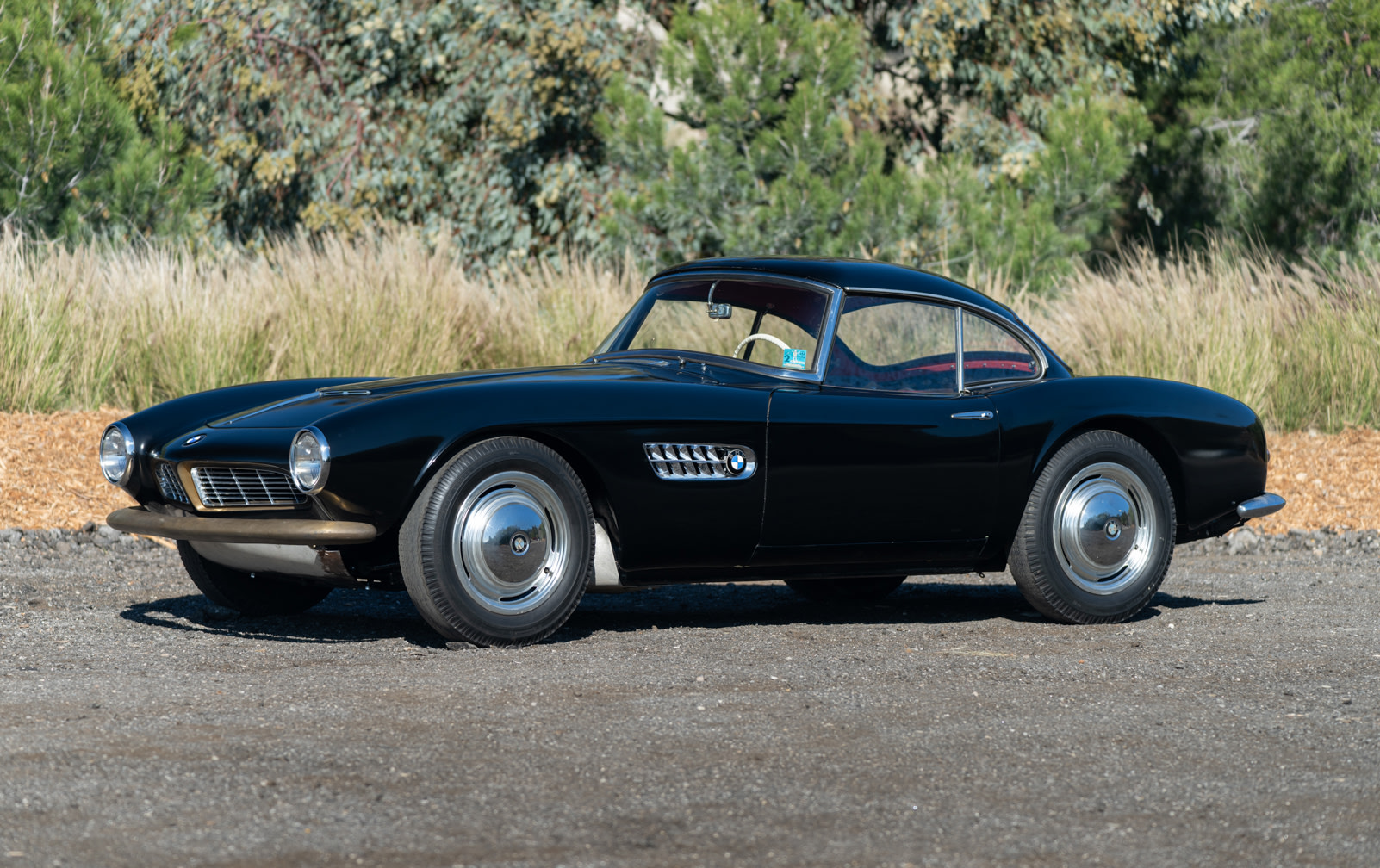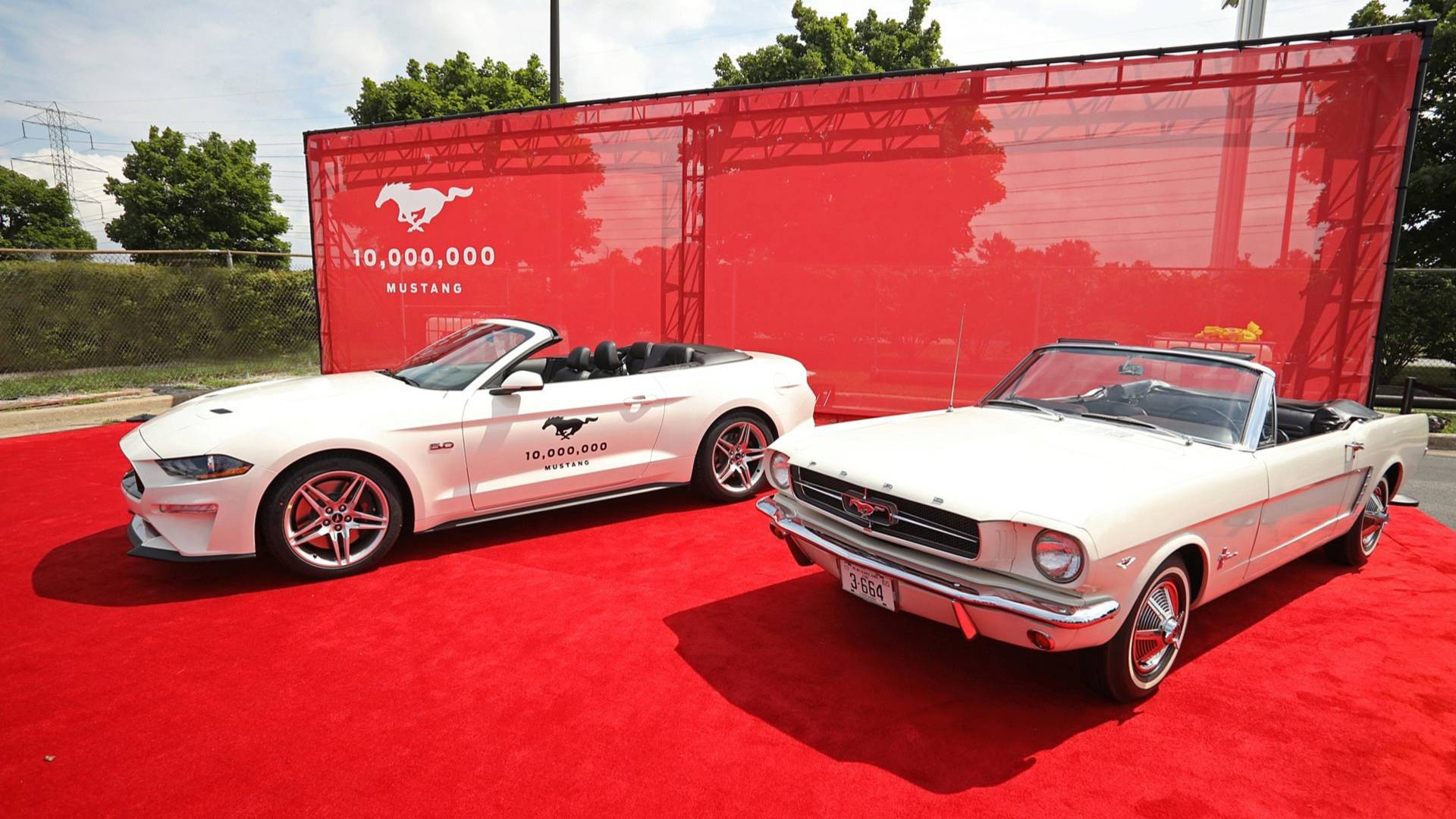Headline car stories enjoy robust coverage from every angle, with an army of automotive journalists and social media influencers swarming over every aspect, seeking as much information as possible. There is nothing wrong with this, and it is only logical that a story about, say, the 300 mph Bugatti gets more attention than a recently discovered Pontiac barn find.
However, beneath the mainstream car stories lies a layer of obscure tales that rank high on the ‘cool’ scale. We have scoured various sources to present this random selection of just a few of such remarkable car stories. How many of these did you know before now?
An Unlikely Inspiration for the Big Mac
Via Caricos
Is there anyone in the automobile community who does not know about the McLaren F1? It was the poster car for many enthusiasts growing up and still commands respect and a feeling of awe even to this day. The British supercar is still one of the fastest naturally aspirated cars ever produced, with a recorded 242.96 mph top speed.
In terms of design, some of its styling elements still fit right at home with today’s supercars. The F1’s central driving position was the most notable highlight, but a close second has to be the butterfly doors, a dihedral design that swung upwards and outwards. That idea was lifted straight from the unlikeliest source – a Toyota Sera.
The Sera was a tiny hatchback coupe manufactured by Japan in the ’90s. Gordon Murray, the brains behind the F1 design, recalls driving past a Sera parked near his house in the UK. He eventually borrowed one to study the unique doors in detail. The rest, as they say, is history, and today, those butterfly doors are an enduring symbol of the McLaren F1.
The Only ’83 Corvette?
Via Today
One of the permanent exhibits at the National Corvette Museum in Kentucky is a white Corvette. At first glance, it looks just like any other C4 – fourth-generation – Corvette, but there’s more to it than meets the eye. That’s because it’s the only existing 1983 Chevrolet Corvette model. Wait! Wasn’t 1983 the year Chevrolet did not release any Corvette and instead pushed it to 1984? Also true, but hang on, there’s an explanation for this ‘confusion.’
The C4 Corvette was initially supposed to be a 1982 model, but several ambitious upgrades meant it was eventually pushed out to the spring of 1983. By then, the Corvette had been designated as an early 1984 model-year car. The museum Corvette, however, is a genuine 1983 model. It was manufactured in June 1982, the 4th of 43 prototypes and pilot assembly cars.
Among other things, the vehicles were meant for engineering and testing before rolling out the production versions. The standard practice was to destroy such vehicles afterwards since they could not be sold to the public. Somehow, this one survived a trip to the crusher and remains the only C4 Corvette from 1983 – fully deserving of a spot in the National Corvette Museum.
A Diamond in the Rough
Imagine discovering that the small car tucked away in your storage for decades was worth a fortune. That’s precisely what happened to a family when the car in question, a 1959 BMW 507 Series II, sold for north of $2 million at a Florida auction organized by Gooding & Company.
The BMW 507 was a sleek roadster produced by the German carmaker from 1956 to 1959. The plan was to mass-produce the car for export to the American market, but its high price – for an economy still recovering from the World War – off any enthusiasm for the sports cars and less than 300 units were sold. The car featured a body that was almost entirely made from hand-formed aluminum. Underneath the hood lay a 3.2-litre 16-valve V8 engine that produced about 150 hp, impressive for its time.
The 1957 BMW 507 is another example of a classic that has spiked in value in recent years (as an aside, the Trust Auto Blog has a few more remarkable stories like this one). A final price of $2.1 million for this example seemed to be a great bargain for what was undoubtedly the most important postwar BMW sports car.
The First Ferrari was not a Ferrari
Yes, that is true. The Prancing Horse brand that has given us some of the best performance machines ever made started out as a somewhat different beast. Enzo Ferrari used to work for Alfa Romeo in the 1920s and 1930s. In 1939, he left to set up his own company, but part of the severance deal reportedly forbade him from using the Ferrari name in association with racing or race cars for four years.
Enzo set up Auto Avio Costruzioni, a workshop initially to make tools and aircraft parts. However, in 1940, he designed and built an eight-cylinder, 1.5-litre race car called the AAC 815 Tipo. Enzo only made two units, both of which had unsuccessful outings at the 1940 Brescia Grand Prix. One of the cars was destroyed by mistake in 1958, but the other survives to this day and is reportedly part of a private collection in Italy.
The Ford Mustang almost didn’t happen
Via Motor1
In 2018, Ford produced its ten-millionth Mustang, a staggering number for a car that was almost killed off before it ever saw the light of day. It was in the early ’60s, and Ford was still smarting from the Edsel debacle, an experiment that’s still considered one of the biggest automotive failures.
Henry Ford II, the company’s chairman at the time, was understandably hesitant when Lee Iacocca approached him with the Mustang idea. He eventually conceded, and Lee and his team got down to business. Working feverishly, they were able to put the car together in roughly two years, about half the time it normally took to develop a new vehicle from the ground up.
The Ford Mustang had its debut at the New York World’s Fair on April 17, 1964. It was an instant hit, and sales took off immediately. The carmaker sold over a million units sold within the first two years. Today, the iconic pony car has achieved cult status and remains one of the most popular sports cars ever made.
